Fences - An Overview
Fences serve multiple purposes, from enhancing privacy and security to defining property boundaries and improving aesthetics.
However, a well-designed fence isn’t just about appearance, it must also comply with building codes to ensure safety, durability, and structural integrity.
This article explores common fence designs and the key regulations that apply to them.
Whether you’re working on a residential or commercial project, understanding these requirements will help you make sure your fence is safe, functional, and meets the latest building code standards.
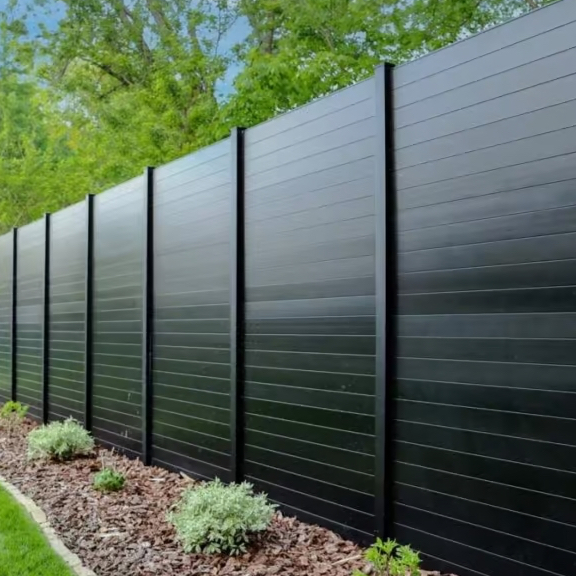
Common Fence Styles
Fences come in various designs, each serving different purposes.
Privacy fences are built to block visibility, offering seclusion for homes and businesses. They typically feature solid panels with no gaps, commonly seen in residential backyards or around commercial properties needing restricted access.
Open fences, on the other hand, provide a boundary without fully obstructing views. These include picket fences, metal bar fences, and decorative aluminum or wrought iron designs, often used in front yards, parks, or public spaces where aesthetics matter.
Chain link fences are one of the most practical and widely used fence types, valued for their durability and low cost. They are commonly used in residential areas, schools, and industrial zones where containment is needed without blocking visibility.
Ranch fences, also known as post-and-rail or split-rail fences, are designed to cover large areas efficiently. They are popular in rural settings, farms, and equestrian facilities, providing clear boundaries while maintaining an open feel.
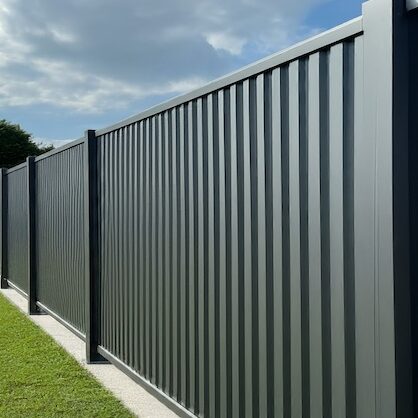
Privacy Fence
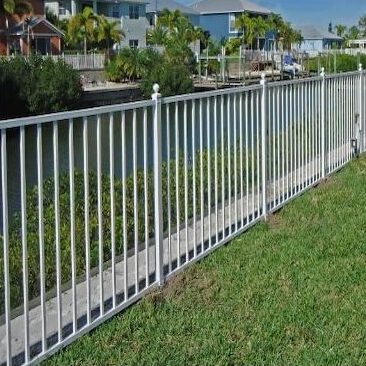
Open Fence
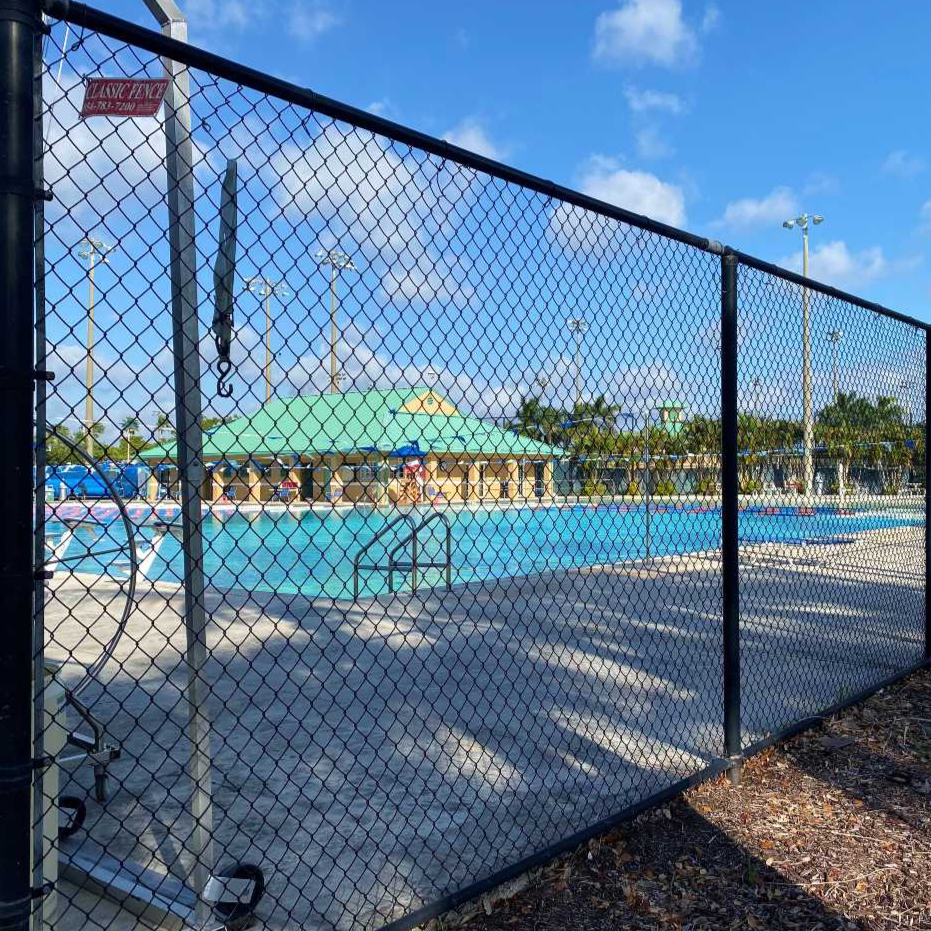
Chain Link Fence
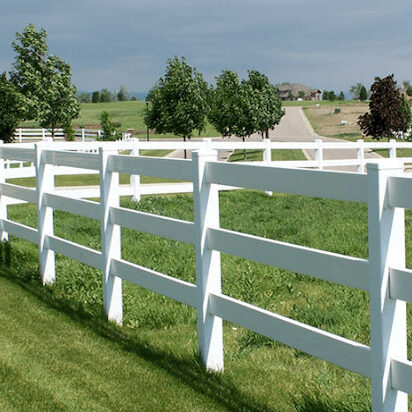
Ranch Fence
When choosing a fence, the material plays a key role in its durability, maintenance, and appearance.
There are a variety of materials to choose from, including wood, vinyl, PVC, composite, aluminum, steel, concrete, and more. Each material has its own unique benefits and is suited to different applications.
For more detailed information on which fence material is best for your specific needs, check out the article on our building product directory site EngineeringPlans.com – Plan For The Perfect Fence.
Check out our general fence plans and find the one that fits your needs.
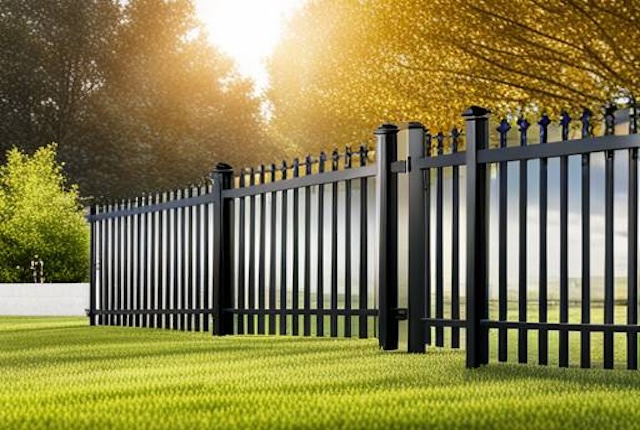
Mechanical Aluminum Fence And Gate Performance Evaluation
$160.00 – $320.00 or ( 16 Tokens - 32 Tokens )
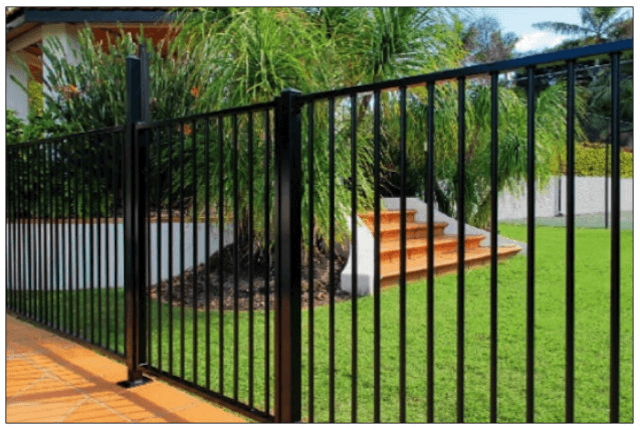
Welded Aluminum Fence And Gate Performance Evaluation
$160.00 – $320.00 or ( 16 Tokens - 32 Tokens )
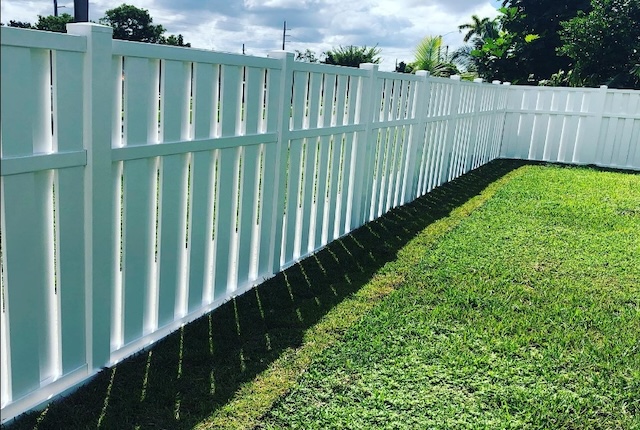
PVC FENCE AND GATE – MULTIPLE STYLE – PERFORMANCE EVALUATION
$160.00 – $320.00 or ( 16 Tokens - 32 Tokens )
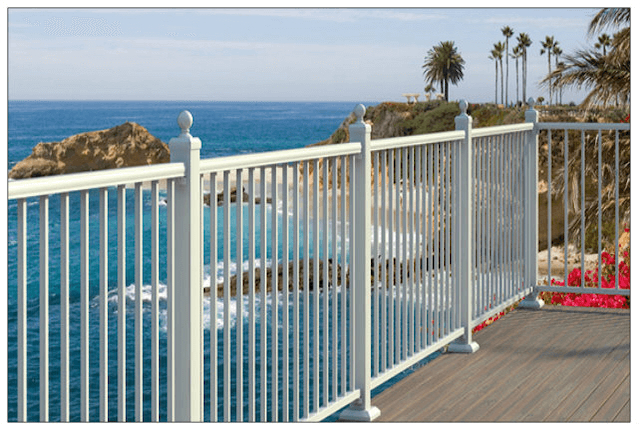
Welded Aluminum Railing Performance Evaluation
$230.00 – $320.00 or ( 23 Tokens - 32 Tokens )
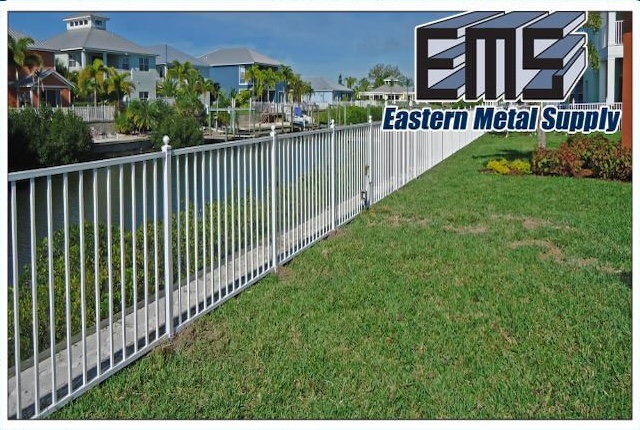
Eastern Metal Supply: Mechanical Aluminum Picket Fence and Gate Performance Evaluation
$160.00 – $220.00 or ( 16 Tokens - 22 Tokens )
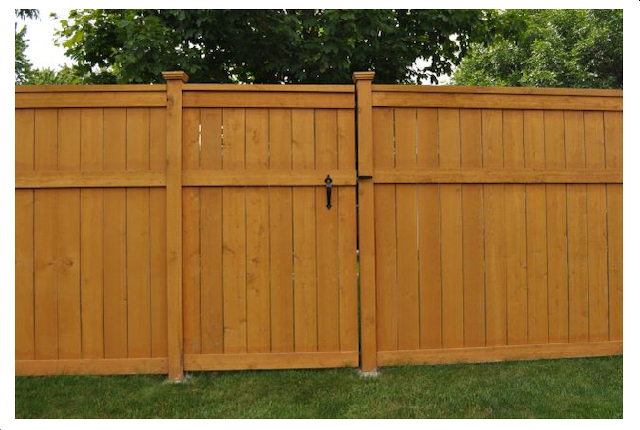
Wood Fence and Gate (Up to 6Ft Height) Performance Evaluation
$160.00 – $320.00 or ( 16 Tokens - 32 Tokens )
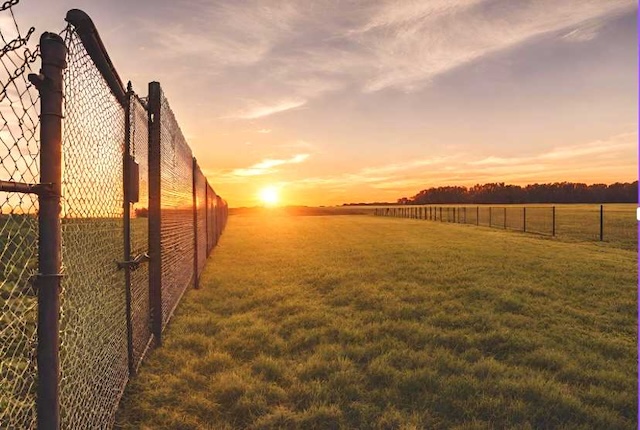
Chain Link Fence And Gate Performance Evaluation Report
$160.00 – $320.00 or ( 16 Tokens - 32 Tokens )
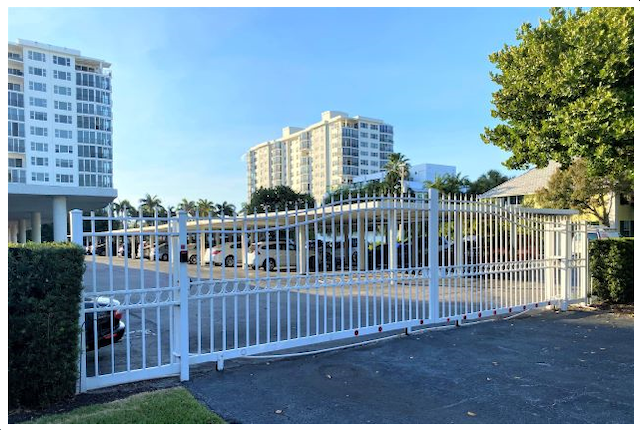
Welded Aluminum Rolling Gate Performance Evaluation
$160.00 – $220.00 or ( 16 Tokens - 22 Tokens )
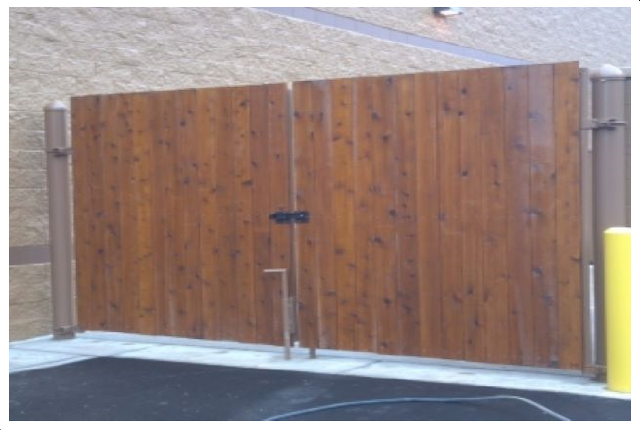
Wood Swing Gate On Steel Frame Performance Evaluation
$160.00 – $220.00 or ( 16 Tokens - 22 Tokens )
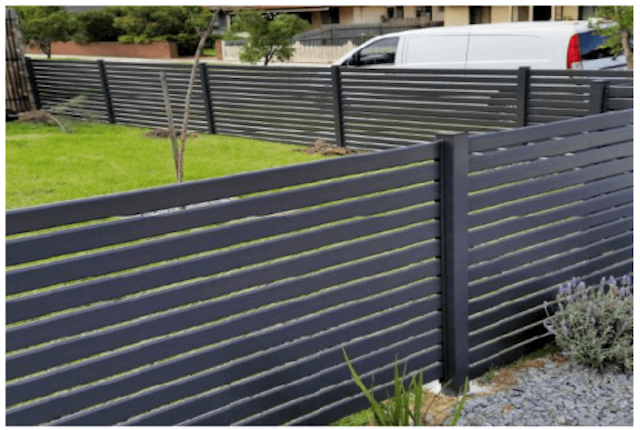
Mechanical Aluminum Fence and Gate (Horizontal Pickets) Performance Evaluation
$160.00 – $320.00 or ( 16 Tokens - 32 Tokens )

Mechanical Aluminum Railing Performance Evaluation
$230.00 – $320.00 or ( 23 Tokens - 32 Tokens )
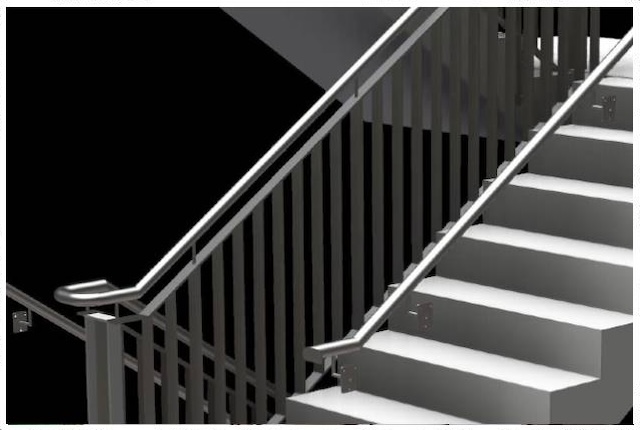
Welded Aluminum Stair Rail With Grabrail Option Performance Evaluation
$230.00 – $320.00 or ( 23 Tokens - 32 Tokens )
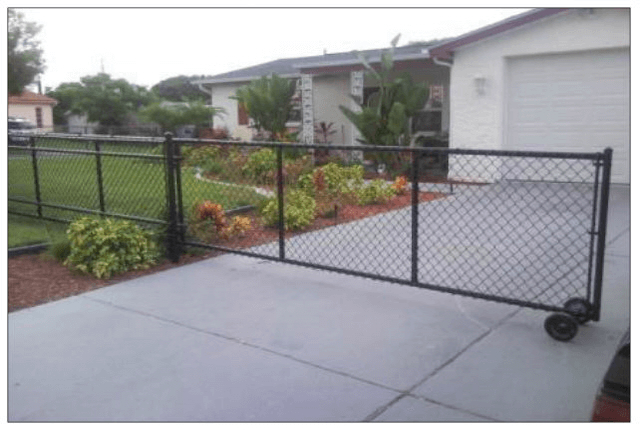
Chain Link Rolling Gate Performance Evaluation
$160.00 – $220.00 or ( 16 Tokens - 22 Tokens )
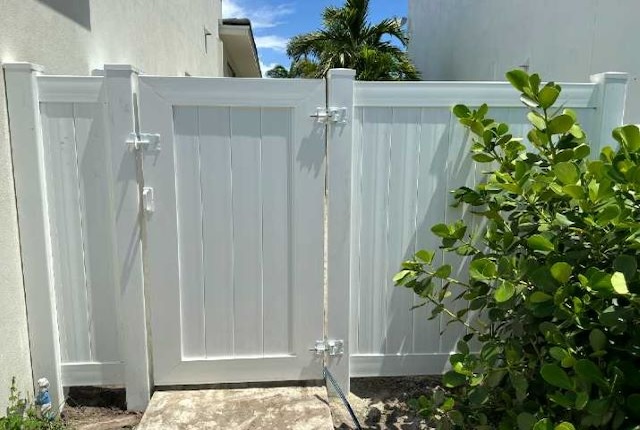
Tongue and Groove PVC Fence and Gate Performance Evaluation
$160.00 – $500.00 or ( 16 Tokens - 50 Tokens )
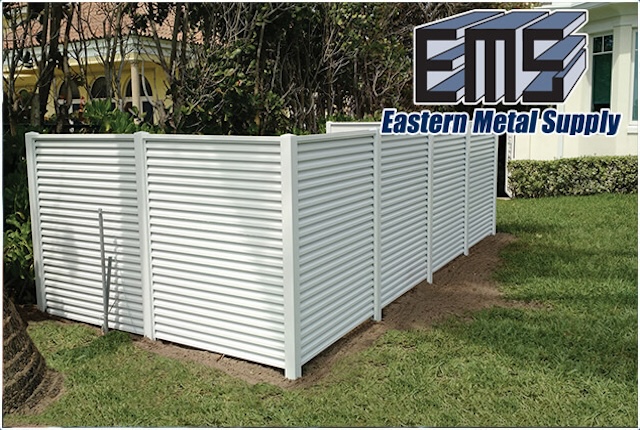
Eastern Metal Supply: 3” Universal Post Panel Enclosure System Performance Evaluation
$160.00 – $220.00 or ( 16 Tokens - 22 Tokens )
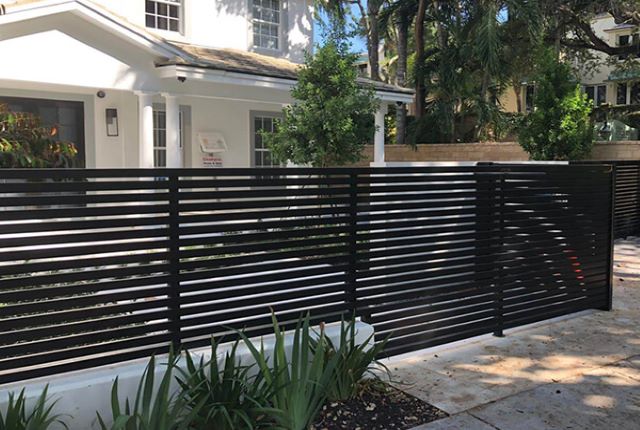
Horizontal Aluminum Welded Fence & Gate Performance Evaluation
$160.00 – $220.00 or ( 16 Tokens - 22 Tokens )
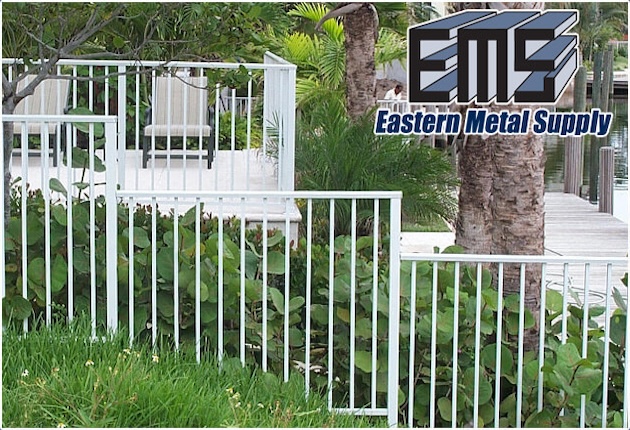
Eastern Metal Supply: Mechanical Aluminum Picket Railing Performance Evaluation
$220.00 – $320.00 or ( 22 Tokens - 32 Tokens )
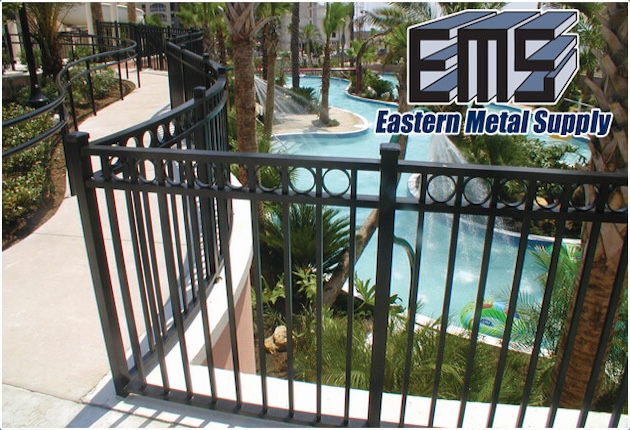
Eastern Metal Supply: Welded Aluminum Picket Railing Performance Evaluation
$220.00 – $320.00 or ( 22 Tokens - 32 Tokens )

Welded Steel Fence And Gate Performance Evaluation
$160.00 – $320.00 or ( 16 Tokens - 32 Tokens )
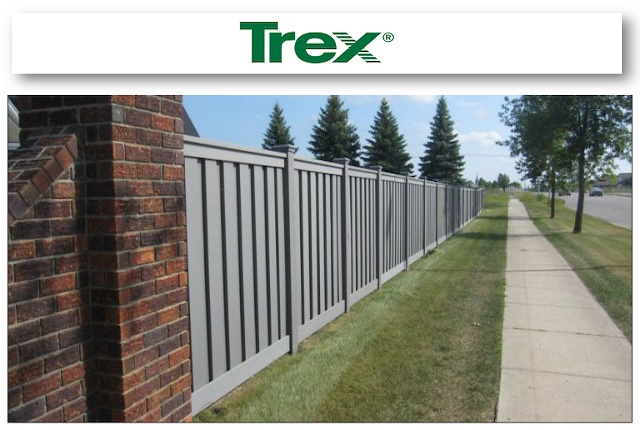
Trex: Seclusions 8′ Tall Composite Fence and Gate – Vertical Slats Performance Evaluation
$220.00 – $320.00 or ( 22 Tokens - 32 Tokens )
Need A Site-Specific Adaptation To One of Our Performance Evaluations?
Every project is unique—get a personalized fence design with our site-specific quote system.
Ensure your fence meets all requirements with a fast and accurate quote from our experts.
Wind Resistance in Fence Design
Wind Resistance for 6 ft Fences, Simplified by FBC
Wind is one of the biggest challenges when designing a durable fence, especially in high-wind areas like Florida. Strong winds exert pressure on the structure, which can cause leaning, bending, or even complete failure if the fence isn’t properly built. The impact is even more significant on solid fences, which act as a barrier against the wind, compared to open designs that allow air to pass through.
Designing fences in high-wind zones can be tricky, requiring careful consideration of materials, post spacing, and anchoring methods. However, the Florida Building Code (FBC) provides clear guidelines to simplify the process. According to the FBC Section 1616.2.1, fences under 6 feet in height must be designed to withstand wind speeds of 115 mph. This standard simplifies the design process by setting clear requirements, ensuring fences meet safety standards without being overengineered.
“Fences not exceeding 6 feet (1829 mm) in height from grade may be designed for allowable wind speeds of 75 mph (33 m/s) fastest mile wind speed or 115 mph (40 m/s) 3-second gust.”
Florida Building Code (FBC) – Section 1616.2.1
The Impact of Porosity on Wind Loads
Wind effectiveness on a fence largely depends on its porosity. Porosity refers to the amount of open space or gaps within a fence that allows wind to pass through.
For example, a privacy fence with solid panels has low porosity, meaning wind pressure can build up against it, putting stress on the structure. In contrast, an open fence like a picket fence has high porosity, allowing wind to flow through the gaps, which reduces the pressure on the fence and lowers the risk of damage during strong winds.
Porosity is defined in ASCE 7, which provides guidelines on how to calculate it and its impact on wind loads. For more detailed guidance on calculating porosity and its impact on your fence design, check out our article on How to Calculate Porosity.
Fences Serving as Handrails
In certain situations, fences can also function as handrails , providing support and safety in areas where people may lean or rest against them. For example, along walkways, in public spaces, or near the edges of platforms, fences are exposed to additional pressure from individuals leaning or sitting on them.
As a result, fences used as handrails must be designed to handle higher loads to ensure their stability. Therefore, they must meet the requirements of ASCE 7-22 Section 4.5.1, which specifies that they must be able to withstand:
- • A concentrated load of 200 pounds applied at any point along the top rail.
• A distributed load of 50 pounds per linear foot across the entire length of the fence.
These load requirements are crucial to prevent the fence from failing under pressure, keeping it stable and secure whether it’s acting as a barrier or providing support.

Pool Enclosure Fence Requirements
Each year, tragic accidents occur when young children gain unsupervised access to swimming pools. Drownings and near-drownings happen in seconds, often because there wasn’t a proper barrier in place. A well-designed pool fence is one of the most effective ways to prevent these incidents, stopping children from climbing over, crawling under, or slipping through gaps. To address this risk, the Florida Building Code (FBC) has strict requirements for pool enclosures to help keep pools secure when adults aren’t around.
The Florida Building Code (FBC) Section R4502.17.1 requires all outdoor swimming pools to be enclosed by a barrier to prevent unsupervised access, particularly by young children. This barrier must be at least 48 inches high and free of any openings or design features that could allow climbing. Additionally, gates providing entry to the pool area must be self-closing and self-latching, with latches positioned at least 54 inches above the ground to keep them out of children’s reach.
In other states, this code should be followed if the local municipality does not publish a specific requirement. Always check with your local municipality for a code rule like this, or it is recommended this be followed as a minimum.
1. Barriers Without Closely Spaced Horizontal Members
For fences without horizontal members or with horizontal members spaced more than 45 inches apart, the barrier must be at least 48 inches high, with no openings that allow a 4-inch sphere to pass through. The bottom gap cannot exceed 2 inches , or 4 inches if mounted on an elevated pool structure.
2. Barriers With Closely Spaced Horizontal Members
If the fence has horizontal members spaced less than 45 inches apart, the horizontal members must be located on the pool side of the fence to prevent them from being used as a climbing aid. Additionally, any vertical spacing between pickets or slats must be no more than 1.75 inches apart to prevent footholds.
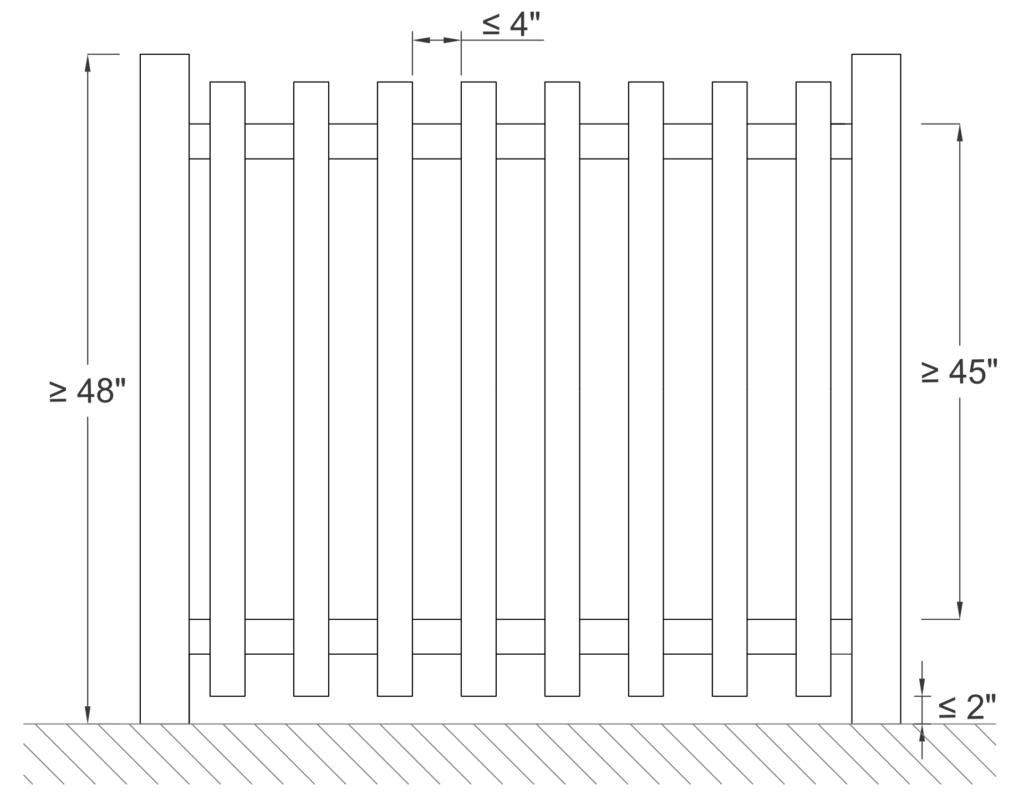
Barriers Without Closely Spaced Horizontal Members
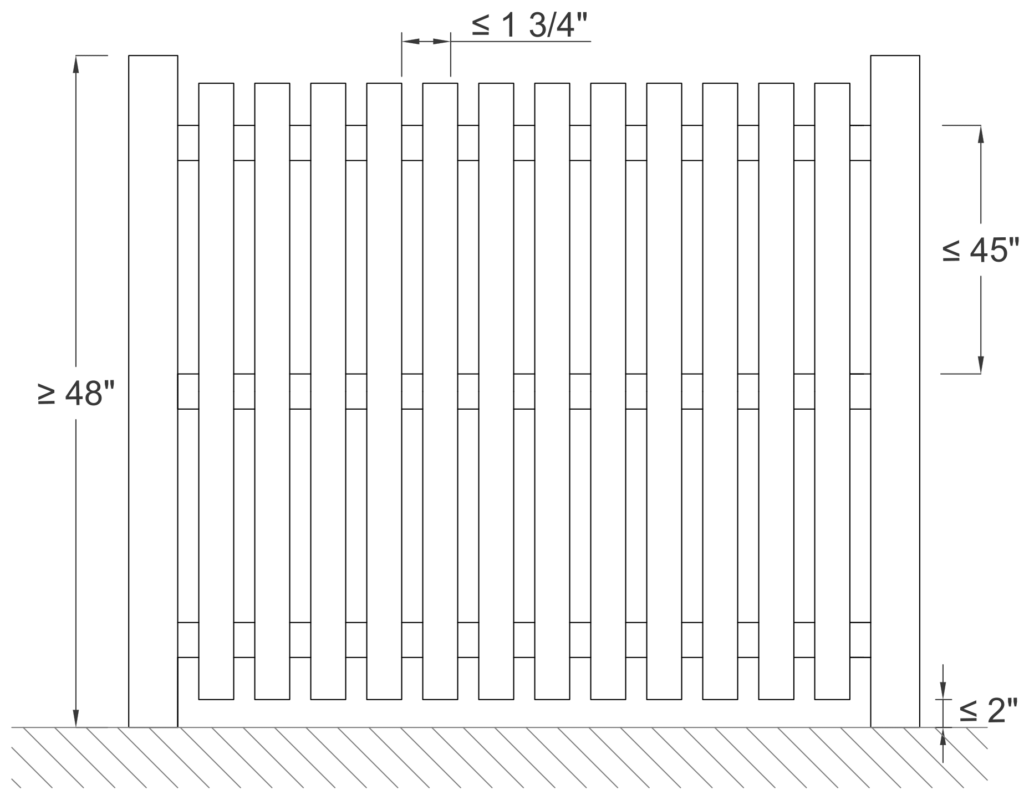
Barriers With Closely Spaced Horizontal Members
3. Chain-Link, Lattice, and Diagonal Members
• Chain-link fences must have a maximum mesh size of 2.25 inches unless fitted with slats to reduce openings to no more than 1.75 inches.
• Lattice or diagonal members must have openings no larger than 1.75 inches in width to prevent climbing.
Final Word On Fence Design
There’s long been debate on whether a fence is considered ‘properly designed’ if the fence lists (leans over) during a high wind event.
When the question was asked to the Florida Engineering Board’s Attorney, the answer came back that the design ‘is as the engineer intended’ – with the prevailing decision being whether the system after a design event caused loss of property or affected the safety of the public.
With the understanding that soil could be saturated during a design event, compaction isn’t typically mandated or measured during fence construction, and wind gusts can be above the code minimum (such as in an ASCE 7 Risk Category 1 design), it is the opinion of many design professionals that a fence may list but stay intact during a design event and be considered properly designed.
This article has covered several key requirements for fence design, but it’s important to consult your local building codes to ensure your structure meets all necessary regulations. Always reach out to a licensed engineer for expert advice and guidance tailored to your specific project.
For more detailed information and professional support on your future projects, don’t hesitate to contact us. If you have any questions or want to learn more about our services, simply get in touch—click the buttons below to get started.
For more detailed information and guidance on handling your future design projects, check out our online design calculators, contact us for site-specific projects, or reach out to us with your inquiries.
Last Update: March 27, 2025
Tell us how can we improve this post?
Related Knowledge Base Posts -
- What are The Span Limitations of Large Missile Impact Doors – Windows – Shutters?
- ASCE 7 Risk Categories Explained
- Whats the difference between the Miami Dade NOA Quality Assurance Date and the Building Code Expiration Date?
- *** Find More Help With Product Approvals Here ***
- What’s the difference between ground and roof snow load for patio covers?
- Performance Limitations for Mechanical Equipment & TER Certifications
